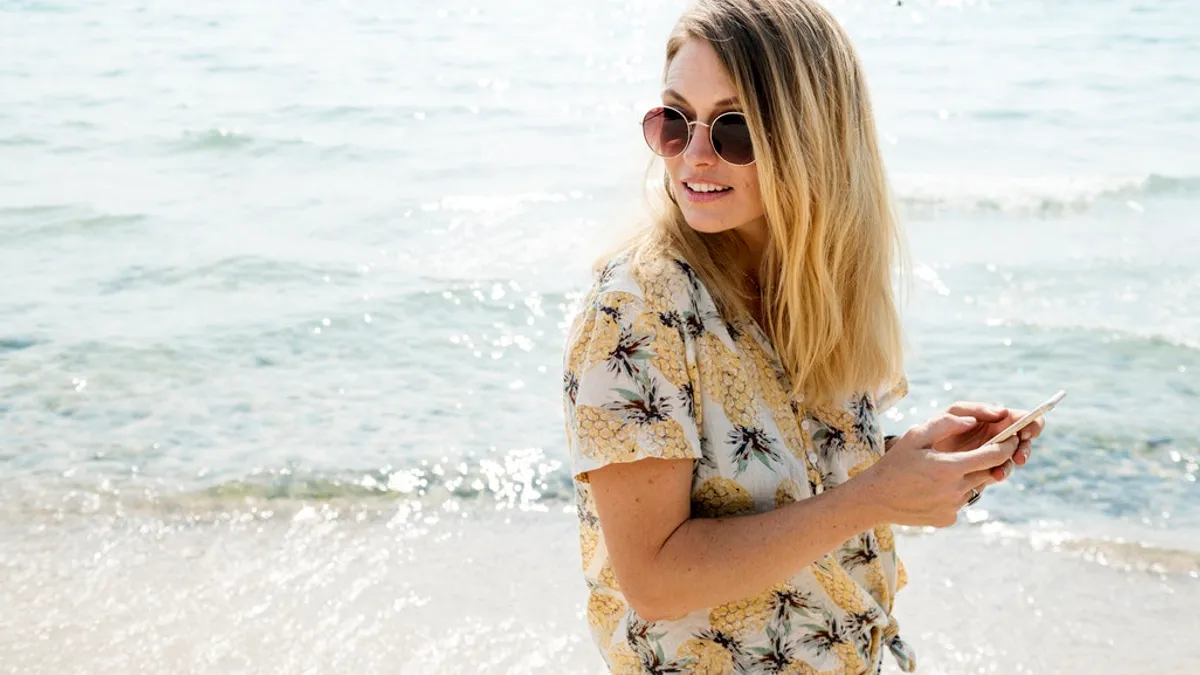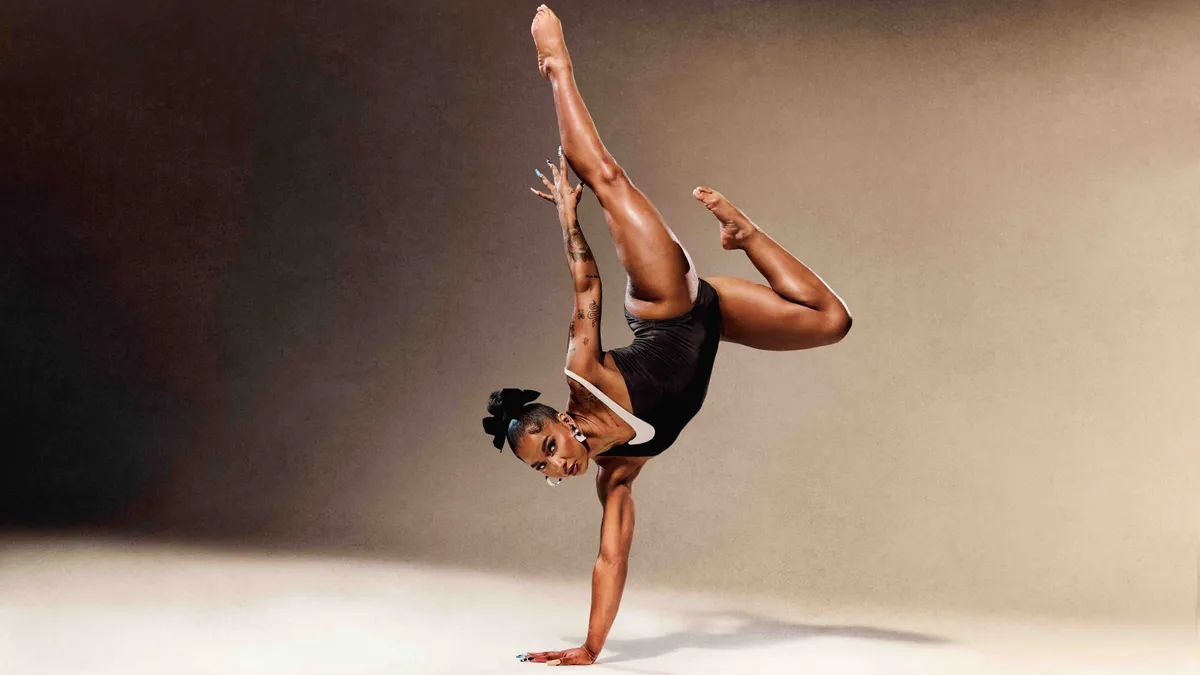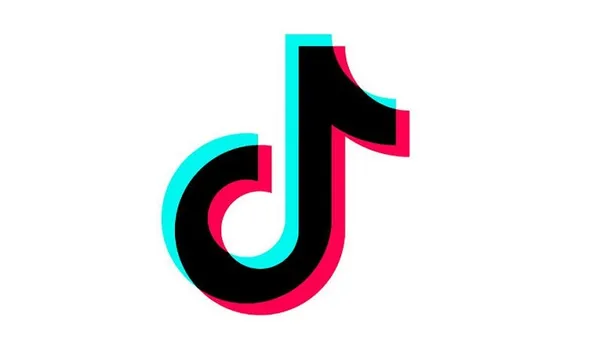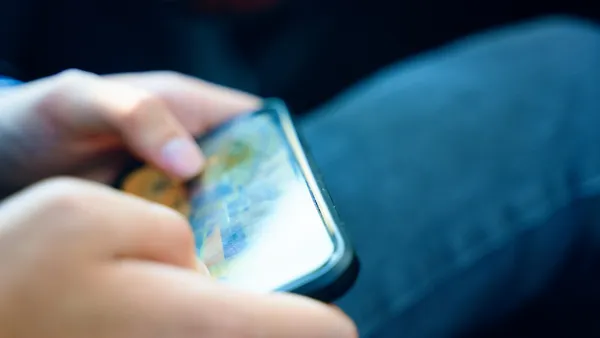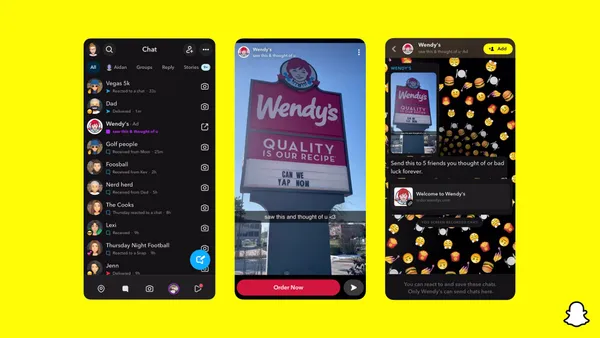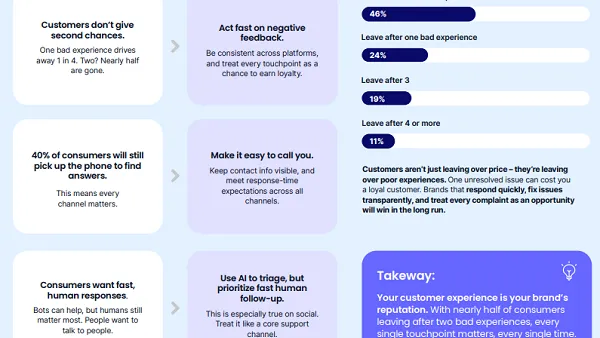Editor's note: The following is a guest post from Courtney McKlveen, Oath's head of U.S. field sales.
Native advertising has cemented its place as an essential part of the modern marketer's toolkit. If you're unfamiliar, native ads are a form of paid ads where the format follows the natural form and function of the surrounding content. While standard ad units are meant to clearly look like advertisements, native ads are placed right within the heart of the content to look like they are a part of the content. The more they feel like a natural part of the user experience, the stronger their engagement generally becomes.
The demand for native advertising has grown more than 3x since 2015, and the sheer number of native ad placements are up 74% year over year. This growth is for good reason, as these flexible ad formats offer opportunities for marketers across every vertical and marketing objective. What many marketers may be surprised to learn is that the native format can be flexible and creative. For example, brands can leverage app install tactics, take advantage of carousel units to show multiple images, use full-screen animated creative and try out augmented reality (AR) experiences.
For example, Tourism Australia launched a month-long native ad campaign to inspire U.S. travelers to consider a visit "down under." To drive qualified leads to its website, the brand used native ads across desktop and mobile, along with detailed targeting. Tourism Australia recognized how important compelling creative is at every point throughout a consumer's path to purchase, so they used visuals that showcased Australia's natural beauty in traditional native ads and native carousel ads. The ads caught consumers' attention and encouraged them to learn more. Ultimately, the campaign generated 3x more visits to the Travel Australia website at a cost-per-lead that was 5x more efficient than their benchmark.
International ride-sharing service Careem wanted to build momentum by encouraging new customers to use its mobile app with a campaign designed to engage first-time riders in new and existing markets. With mobile-only native ads, Careem activated an app install campaign and saw a 78% lower cost per first ride through app event optimization. Plus, people who installed the Careem app were 6x more likely to take a first ride, leading to greater brand awareness and customers for the company. The native app install campaign helped Careem acquire new users for its app, scaling first rides by 10x.
There are a few specific tips that marketers should consider to leverage native ads to their fullest potential, especially for niche industries. For vertical marketers looking to kickstart their native advertising strategy, here are five tips to consider:
- Data matters: Verified, trusted data can help you gain a deeper understanding of consumers' needs, hobbies and desires, and in turn, create and deliver more impactful content and a compelling call to action in your native ads. Data can also inform targeting around geographic location and interests to ensure you reach your desired audience. Additionally, data can help you determine which content and channels are performing best. Metrics that show audience engagement are particularly insightful, such as time in view, scroll depth and page view.
- Get creative: Don't just take your long-form creative and shrink it down; optimize for size and contextual environment. Think digital-first (or more importantly, mobile-first if you're looking to drive app engagement) and make sure your content is aligned with the purpose, tone and visual style of its environment. Additionally, users expect fresh content. When the same ads show up again and again, users stop paying attention. We recommend refreshing native ad copy every week if not more frequently, depending on volume and performance.
- Let your brand shine: Don't shy away from letting your logo shine in your native advertising. Logo presence is important for elevating brand awareness, and larger logos deliver recall, action and longer fixation for your ad on multiple platforms. Additionally, brand mentions are important to include in the headline of your native ad, especially with static image ads.
- Think premium: Brands are often associated with the content that appears next to them on a page, and this is even more true with native advertising. As a result, marketers face increased pressure to "know their neighbor." Blending premium, trusted online content and advertising pays off, as native premium content drives 30% higher brand awareness compared to other ad formats. Try a mobile campaign for an even stronger impact.
- Embrace video: Native video has become a powerful solution for advertisers. The most successful native videos tend to be 5-15 seconds. This length drives greater recall and purchase intent than longer units, but the first three seconds are the most critical to hook viewers and capture their attention. Long-form videos also perform well in a native environment and can be effective in communicating more complex topics.
With 54% of news publishers now offering native advertising options on their platforms, marketers have an opportunity to leverage this powerful format to keep their brands top-of-mind for existing customers while also breaking out of their niche to reach and engage a wider audience.


